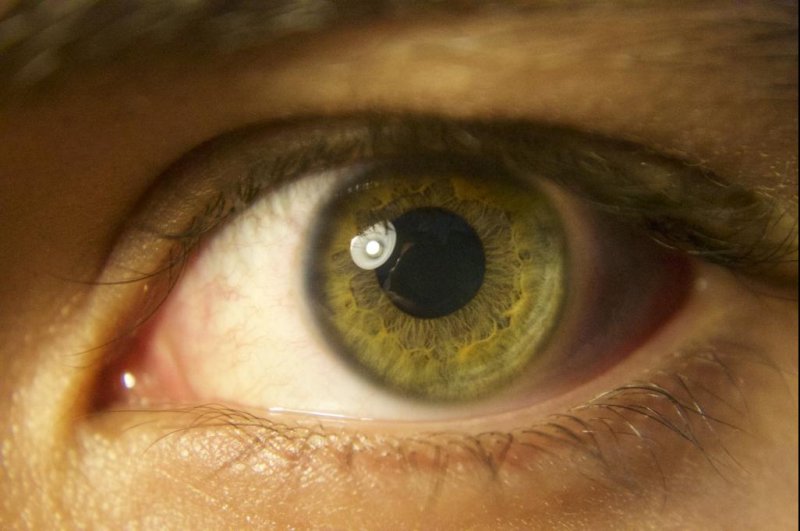KUOPIO, Finland, Oct. 3 (UPI) -- Pathological changes in the retina of the eye can help identify diseases of the central nervous system, a study from the University of Eastern Finland suggests.
The research was conducted by Dr. Henri Leinonen, who explored functional abnormalities in the retinas of mice for his PhD project. According to UEF researchers, the light-sensing tissue of the bottom of the eye can be considered an integral part of the central nervous system. Because the eye can be easily examined, Leinonen says using the retina as a means to screen brain diseases can make diagnostics more efficient and less invasive.















